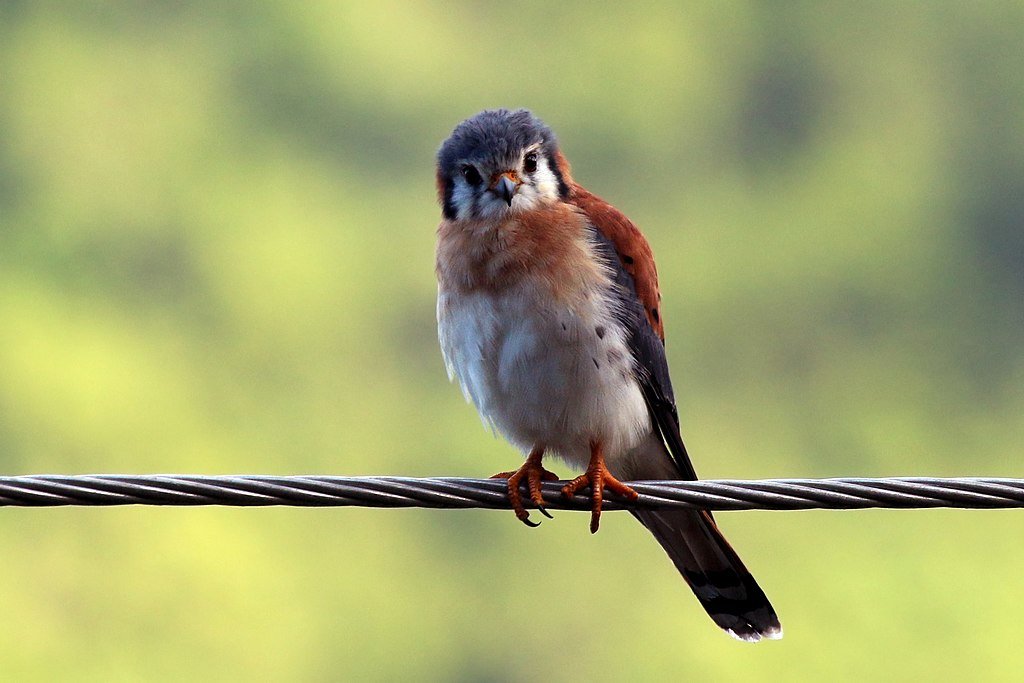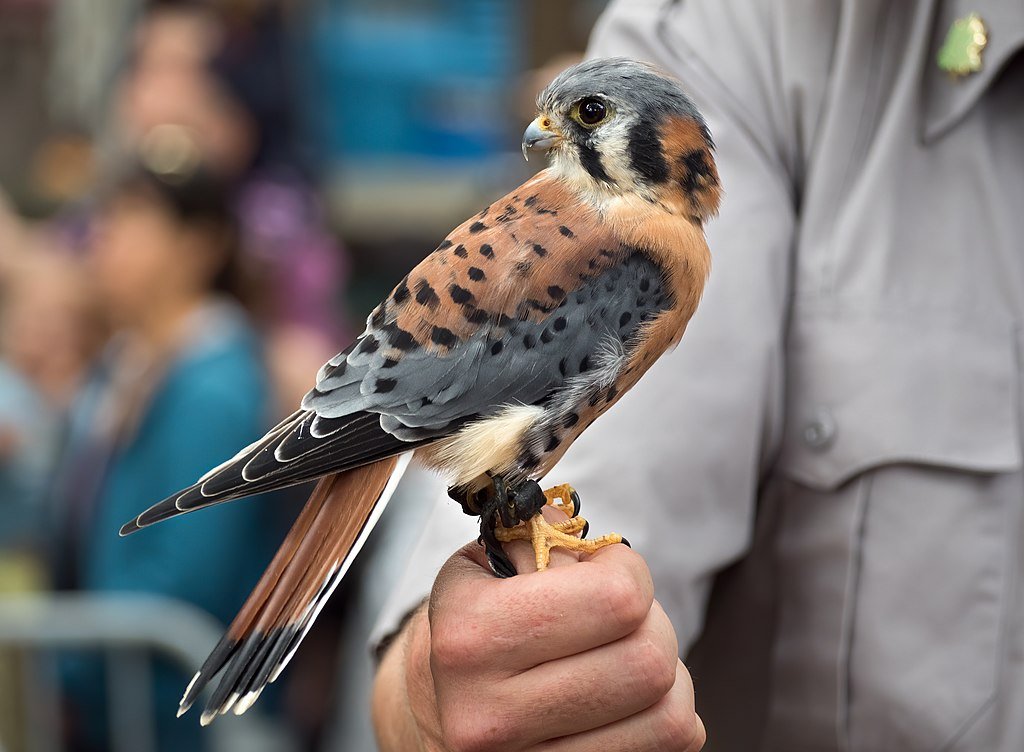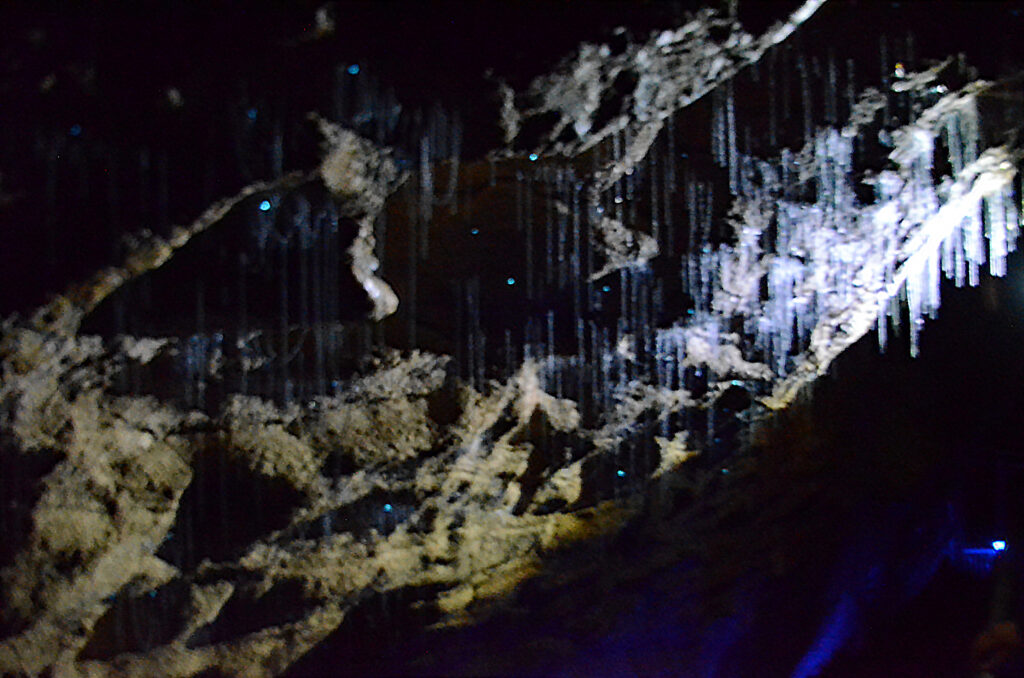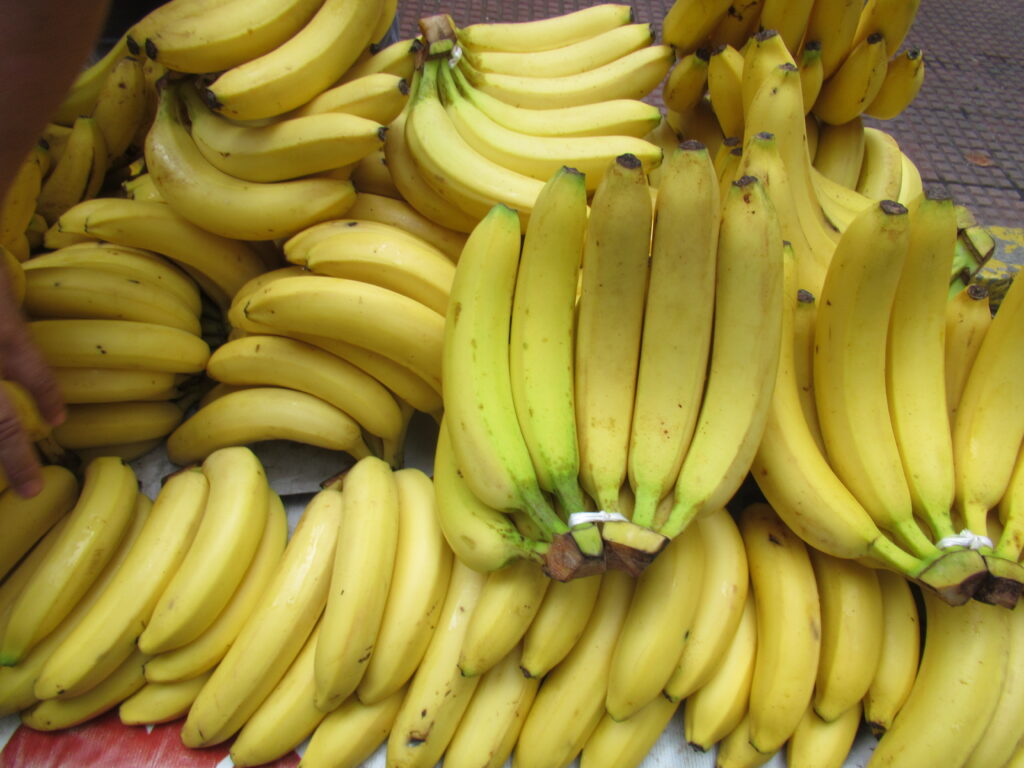The American Kestrel, North America’s smallest and most colorful falcon, has been steadily declining since the 1970s. Despite being a familiar sight in open fields and perched on roadside wires, their numbers have dropped by nearly 50%. Recent research sheds light on the challenges these birds face, from environmental pressures to human-related risks.
Winter Survival: A Critical Challenge

One of the key findings from recent studies is the impact of winter conditions on kestrel survival. Birds overwintering in Pennsylvania face significantly lower survival rates compared to those in Florida. This disparity highlights the tradeoff kestrels face: risk migration to warmer climates or endure harsher northern winters. Male kestrels, being smaller, are particularly vulnerable during colder months.
Human-Related Risks

Human activity poses a significant threat to kestrels. Approximately 70% of adult kestrel deaths are linked to human-related factors, including vehicle collisions and building entrapment. These risks are compounded by habitat loss due to urbanization and agricultural expansion, which reduce the availability of nesting sites and hunting grounds.
Juvenile Resilience and Conservation Focus
Interestingly, juvenile kestrels have shown higher survival rates than previously thought, suggesting that conservation efforts should prioritize adult kestrels. Protecting nesting sites, reducing human-related risks, and promoting awareness are critical steps in reversing the decline of this species.
Future Directions In Research
Ongoing studies aim to better understand the factors driving kestrel decline and develop targeted conservation strategies. By combining field research with public education, scientists hope to ensure the survival of this iconic falcon for future generations.
Conclusion
The decline of the American Kestrel is a stark reminder of the challenges faced by wildlife in a rapidly changing world. Through dedicated research and conservation efforts, there is hope for preserving this vibrant species and its role in North America’s ecosystem.
Source:





